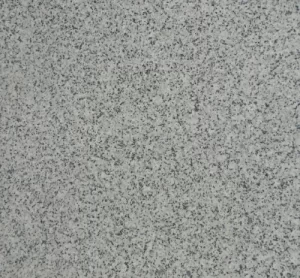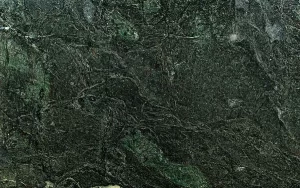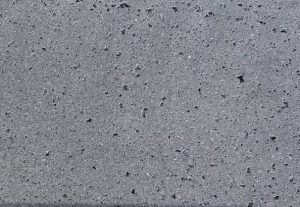
White Granite
White Granite: Introduction White granite is a natural stone renowned for its timeless strength and durability. This exquisite stone features
✤ For additional details regarding alternative patterns of cladding stone and their corresponding rates, we kindly encourage you to reach out to us without hesitation.
✦ Stone Name: Cladding
✦ Stone Type: Marble, Onyx, Travertine, Granite and Limestone
✦ Form: Tile
✦ Tile Size: Various
✦ Thickness: Various
✦ Finish: polished
✦ Origin: Iran
Cladding stone is a thin and light layer of decorative stone. Builders and architects mostly use it for feature walls and building facades. Here, in BorjStone Corporation real, quarried stone that has been cut into thin slices to suit your design requirements is used to make natural stone cladding.
Manufacturers make this product of broken and small pieces of travertine and marble stone. These pieces are the waste of stone-cutting factories. Various designs of this stone are produced and marketed by combining and gluing resin mortars.
Cladding is the exterior skin of a structure. It helps to improve the aesthetics of buildings while also providing thermal insulation and weather resistance. It is also very popular for interior designs. Furthermore, this natural stone has the most applications in covering floors and walls of stairs and bedrooms, living rooms and reception halls, lobbies, parking spaces, toilets and bathrooms, showcases of shops and commercial places. Also, this type of stone is suitable for health centers such as hospitals, dining halls, study halls and clinics. Due to the fact that companies use nanotechnology in manufacturing process of most of cladding stones. Therefore, facades made with these stones do not attract bacteria.
First, it is highly durable, and will last a long time. Second, it is versatile with many stone types, formats and finishes available. Third, it is lighter and cheaper in comparison with other types of facade materials. Forth, it has a variety of beautiful patterns, designs and finishes. And last but not the least, cladding stone is weather resistance as well as easy to install.
One of the considerations for choosing natural stone versus manufactured stone cladding is the differences in long-term performance and durability. Natural stone is far less porous than manufactured veneer stone, meaning that the latter option can begin to deteriorate over time.

White Granite: Introduction White granite is a natural stone renowned for its timeless strength and durability. This exquisite stone features

Green granite stone with green background and beautiful light and dark green patterns is a very special and unique stone.

Bazalt granite stone has a uniform gray background, with black spots on its surface. Its special color and unique beauty as well as characteristics make it popular for many builders.
Contact Us
